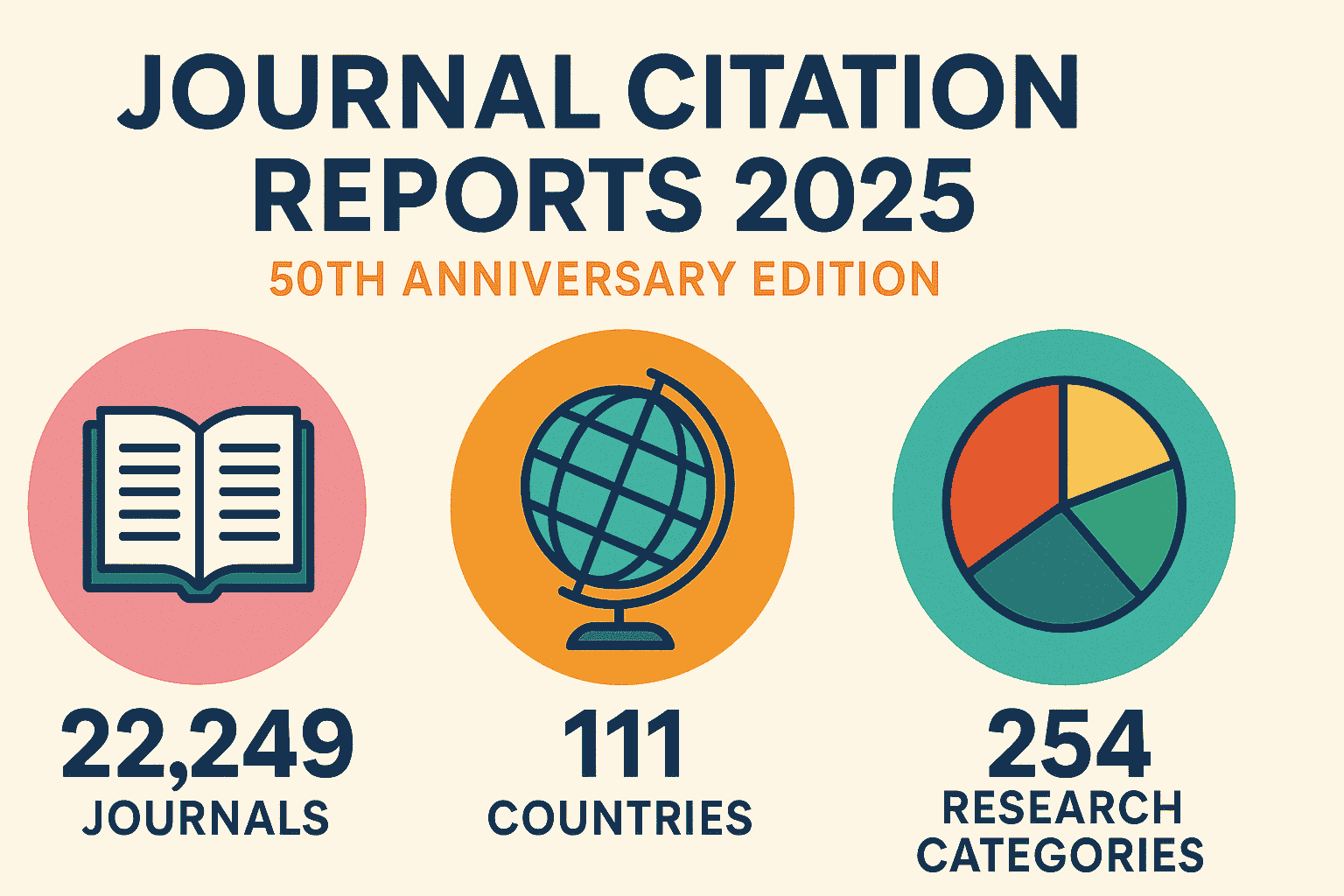Enzymatic digestion protocol for single-cell suspension
Enzymatic digestion protocol for single-cell suspension
Creating a single-cell suspension through enzymatic digestion involves several steps in which tissues are broken down into individual cells. Here is a simple generic protocol that you could follow:
Materials:
– Tissue of interest
– Phosphate Buffered Saline (PBS)
– Enzyme solution appropriate for your tissue type (i.e., Trypsin, Collagenase, Dispase. (Check with the relevant literature for the best match)
– Culture media appropriate for your cells
– 70 µm cell strainer
– Centrifuge
Procedure:
1. Harvest the tissue of interest and rinse in PBS to remove any blood or debris.
2. Mince the tissue into small pieces using a clean scalpel or scissors.
3. Place the minced tissue in a pre-warmed enzyme solution (appropriate type and concentration).
4. Incubate the tissue in the enzyme solution at 37°C. The time of incubation can vary depending on the tissue type, but typically, it’s around 30 minutes to 1 hour. Occasionally, mix the solution to help the digestion process.
5. After the allotted time, visually inspect the solution. The solution should appear as a cell suspension rather than larger tissue fragments.
6. Terminate the enzymatic reaction by adding an excess of culture media.
7. Transfer the mixture to a 15 or 50-ml centrifuge tube and centrifuge the suspension at 300g for 5 minutes to pellet the cells.
8. Discard the supernatant and resuspend the cell pellet in a suitable volume of fresh culture media.
9. Filter the cell suspension through a 70 µm cell strainer in order to remove any remaining tissue clumps.
10. Centrifuge the filtered cell suspension again, as before.
11. Discard the supernatant and resuspend the cell pellet in a suitable volume of fresh culture media.
12. Perform a cell count and check the viability if needed.
This general protocol might need optimizations depending on the type of tissues used and the downstream applications. Always make sure to follow institutional and lab-specific safety procedures.
Remember that enzymatic digestion procedures can affect cell surface proteins and, thus, might not be suitable for all kinds of experiments, especially if you plan to perform cell sorting or analysis based on surface markers. Mechanical methods might be more suitable in such cases despite the fact that they might be more labor-intensive.








